If you have a 3D printer, or access to one, printing two drill templates for the outline holes has worked for me. There are two templates because one is for the odd holes, another for even holes. The template should be rugged, more perimeter layers than usual.
The first template should have a bottom plate that extends over the box and locates it firmly on the box. The 2nd template can be printed smaller and located on the existing hole pattern using 4 spare drill bits as locating pins, or similar. Or it can have the same locating means as the first one. Tradeoff between ease of use and print time.
10% overlap between the odd and even holes gave me a detached cutout. Then it's a simple matter of cleaning it up with a flat file, and corners with a square file. Or, for circular holes, with a half-round. Having medium and fine files helps, especially on metal boxes.
Before printing the entire template, I printed parts of it to ensure a tight fit of the drill bits (but not so tight the friction will melt the template), and a tight fit of the locating rim.
I have made a bunch of such drilling templates for various hole-making jobs, and they make the job stress-free and accurate. E.g. I find it not feasible to drill large holes in steel or even aluminum front panels using a stepped drill bit, with nothing but hand tools. So, even for round holes, drilling a bunch of small holes on the perimeter using a template keeps the panel from warping and can very accurately locate the cut-outs.
For drilling in steel, I recommend to have an extra "stage zero" template that's only used to center-punch all the holes. The template can be fairly thin - e.g. 3mm, and the spring-loaded center punch can fit quite snugly. It will center itself well, and will push any interfering plastic on the template hole walls out during the strike. You can of course also use a spring-less punch and a small hammer. The template should stay put without having to hold it down. Whatever wood you use under steel best be hard to prevent local warping. Scraps of oak worked for me.
Also, once you choose a drill diameter - say 1/8" - you'll want to buy a couple dozen of bits. They get dull eventually, and having many bits encourages the use of technique for all sorts of "cutouts" that were unwieldy before.

